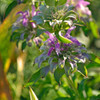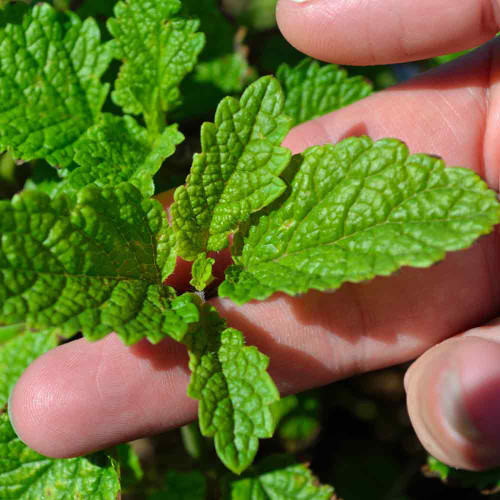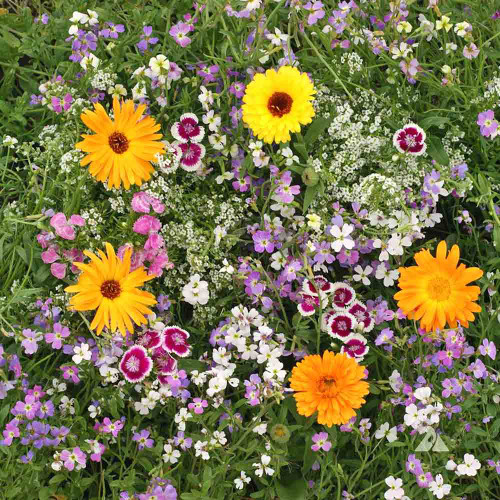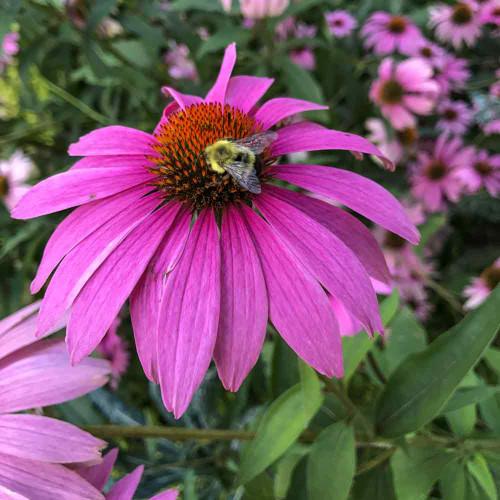Description
Lemon Bee Balm - The Bee and Butterfly Wonderland
Long flowering native annual wildflower with unusually fragrant, curved, tubular flowers in purple to pink. Attracts multitudes of hummingbirds and butterflies.
Details
This annual species is native to North America and grows wild in the Appalachian Mountains. Its curved tubular flowers are scented and usually white, pink, or purplish. The flower heads are stacked on top of one another, two to four of them on each stem, with the largest at the bottom, making a spectacular show. Plants are conversation pieces in the garden; dried seed heads are distinct in everlasting floral arrangements. Easy to grow. In warmer areas it will self-seed in the fall. In the Northeast, seeds may germinate outside in the spring from last year's plant.
Bee balm is the only North American source of the essential oil thymol, and monardas attract hummingbirds and butterflies as well as bees.
History
Native to central and southern United States and northern Mexico. This species is named after Nicolas Monardes who, in 1571, wrote of the virtues of American medicinal plants. This flower was traditionally made into a tea by the Oswego Indians, and earned its place in history. Oswego tea was drunk by American patriots during their struggles with the British over import duties on Chinese teas.
Uses
Heavenly fragrant, sweet, green leaves make refreshing, calming, lemon teas. The dried leaves and flowers go into potpourri. Makes a good cut flower, fresh or dried.
Growing Tip
Very hardy and are rarely killed by winter cold. It can become invasive by its underground rhizomes. Plant in a designated area or does well in pots. If you want to encourage their ramblings, a moist, light soil makes them very happy.
Learn More
From the soil to the seed to the food you eat - we'll help you grow your best garden!













